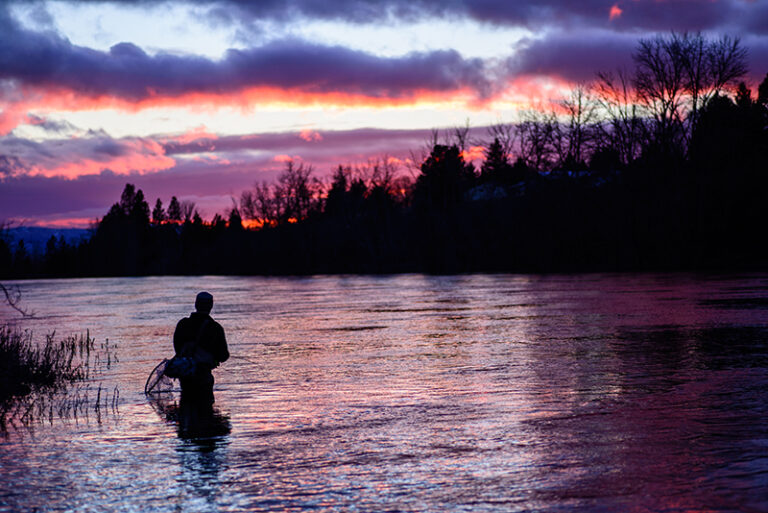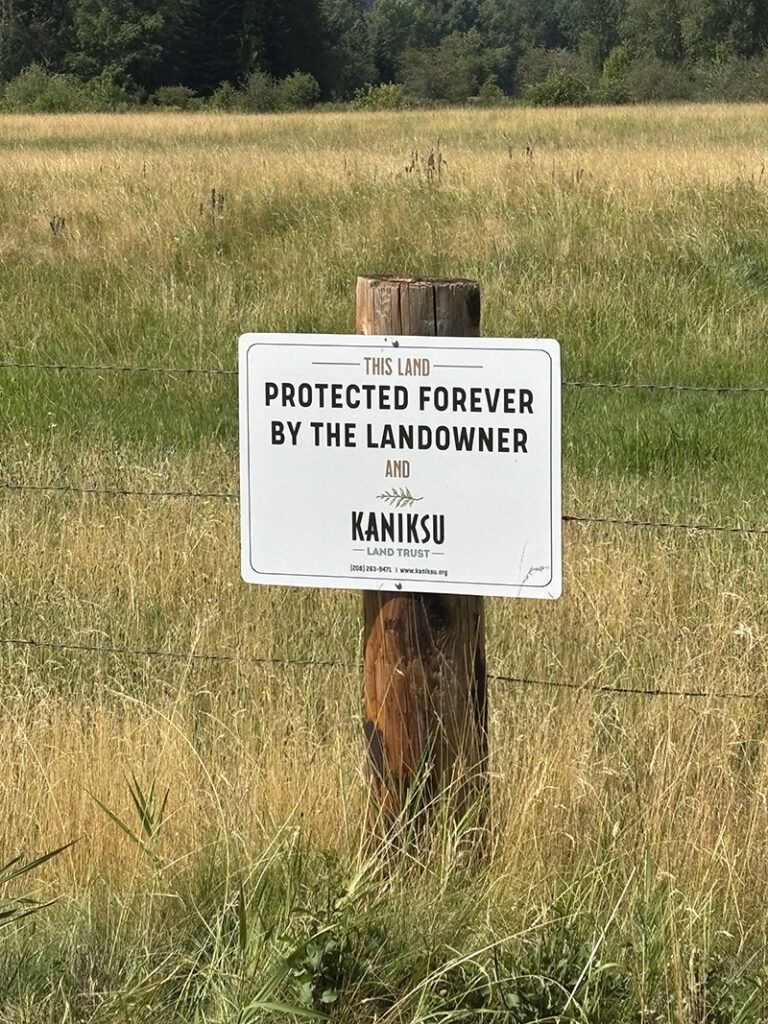Most mellow hiking trails can make for great snowshoeing when there’s enough snow to warrant them. But here are a few tips to make the most out of your snowshoeing adventures.
- Always research parking permit/pass requirements for locations where you intend to go snowshoeing. Several local areas require either a SnoPark permit (Washington) or a Park N’Ski permit (Idaho, with a reciprocal agreement for Oregon’s SnoPark trails). Other areas may require a Northwest Forest Pass (such as the Panjab Trailhead described here).
- Mount Spokane State Park boasts a robust snowshoe trail system and is part of Washington State’s SnoPark system. A good snowshoe introduction is the Burping Brook Loop. A good route to test both fitness and equipment before attempting snowshoe backpack trips is the Four Peak Loop (Beauty Mountain, Mt. Kit Carson, Day Mountain, and Mount Spokane summit). Note that backpacking is not permitted within Mount Spokane State Park.
- Spokane County Park’s Conservation Futures properties are excellent snowshoe locations when the snow becomes deep enough and are fee-free locations. The best parks for snow depth are Antoine Peak and Mica Peak. Liberty Lake Regional Park has a free permit application for a good winter backpack option at Hughes Cabin above the waterfall
- Near Coeur d’Alene, Canfield Mountain (USFS) and Mineral Ridge (BLM) have good snowshoeing opportunities once the snow is deep enough. A little farther east, Fourth of July Pass is a Park N’Ski location with a marked snowshoe trail.


Snowshoeing in the Inland NW. // Youth snowshoeing. // Photo: Summer Hess (left); Mount Spokane State Park CCC cabin. // Photo: Holly Weiler (right).
Learn the four components of recommended snowshoeing gear and find more articles about snowshoeing in the OTO archives.













